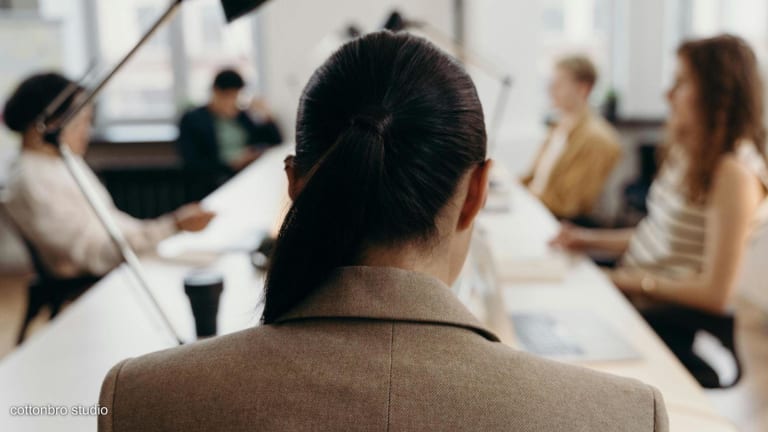
They called 2018 “the year of the woman,” yet still, nowhere on earth do women have as many opportunities as men. Nowhere.
That’s why 2019 must be the year the world finally gets serious about long-term investments in women and girls, and especially those living in extreme poverty.
How can we address violence against women and girls with disability?
At the Global Disability Summit in July, governments, NGOs, multilateral institutions, and more vowed to help address the issue of violence facing people with disability. These case studies suggest how.
We have to think bigger, and we have to think differently. For years, many in the development community have focused primarily on trying to improve girls’ and women’s individual capabilities — making them more educated, healthier, and better trained. But in addition to focusing on women and girls’ capabilities, more needs to be done to improve their opportunities and change the economic system that is biased against them.
Study after study tells us that giving women and girls equal access to economic opportunities, including productive and financial assets and quality employment, is the key to unlocking economic growth in an unprecedented way. If we create a system where women in sub-Saharan Africa have the same economic opportunities as men, it could add up to $700 billion to the global economy. For perspective, that’s roughly the size of the economies of Nigeria and South Africa combined.
More importantly, closing gender gaps in the economy and society at large would mean that this wealth is more evenly distributed — that women stand to benefit more equally from the value they contribute to their communities and countries. It would give women the capacity to invest more in the health, education, and the overall well-being of their children, thus securing a more prosperous future for the next generation.
The potential payoffs are enormous — and we can’t afford to ignore them. But neither can we shy away from the fact that we have our work cut out for us. Over 1 billion women do not have access to a bank account. Some 43 million women do not have access to a health facility to deliver their babies. Right now, 86 percent of girls don’t have basic math skills by the time they are 14. Fortunately, 2019 is ripe with opportunities to help women and girls get the education, economic opportunities, and resources they need and deserve to thrive.
In August, France will host the G-7 Summit, where world leaders have an opportunity to make historic policy and financial commitments that benefit women and girls. World leaders should build on the successes of last year’s G-7: Through the 2X Challenge, all G-7 development finance institutions committed to mobilizing $3 billion to economically empower women in developing countries.
France has the chance to go further by championing a broader array of legislative and financial commitments and by launching a robust accountability mechanism to track progress and hold leaders accountable.
France is also hosting the replenishment of the Global Fund to Fight AIDS, Tuberculosis and Malaria in October 2019. HIV/AIDS remains the leading cause of death among women of reproductive age, and nearly 1,000 girls are infected with HIV every day. The reasons behind this are complex, but in part relate to limitations on girls’ opportunities — their economic vulnerability and their limited bargaining power in their sexual relationships.
As the Global Fund has acknowledged, we’ll need a successful replenishment and a prioritization of all of adolescent girls’ unique needs and constraints in order to end the AIDS crisis for good.
Donor countries will play an important role at the G-7 and in fighting AIDS, but so too will African governments, who need to increase investments in their citizens and ensure that investments effectively reach women and girls. That’s why the ONE Campaign and our partners will call upon African leaders to also increase their ambitions in 2019 with regard to promoting gender equality, implementing, and financing necessary policy changes to meaningfully improve women and girls’ capabilities and opportunities alike.
Beating extreme poverty by tackling global gender inequality will, of course, require more than just one G-7 or replenishment. It’ll take a steady stream of victories both big and small. And that important work must not wait a minute longer.
Investing in women and girls is the single most promising economic, political, and social opportunity of our time. 2019 should be the year we treat it that way.








